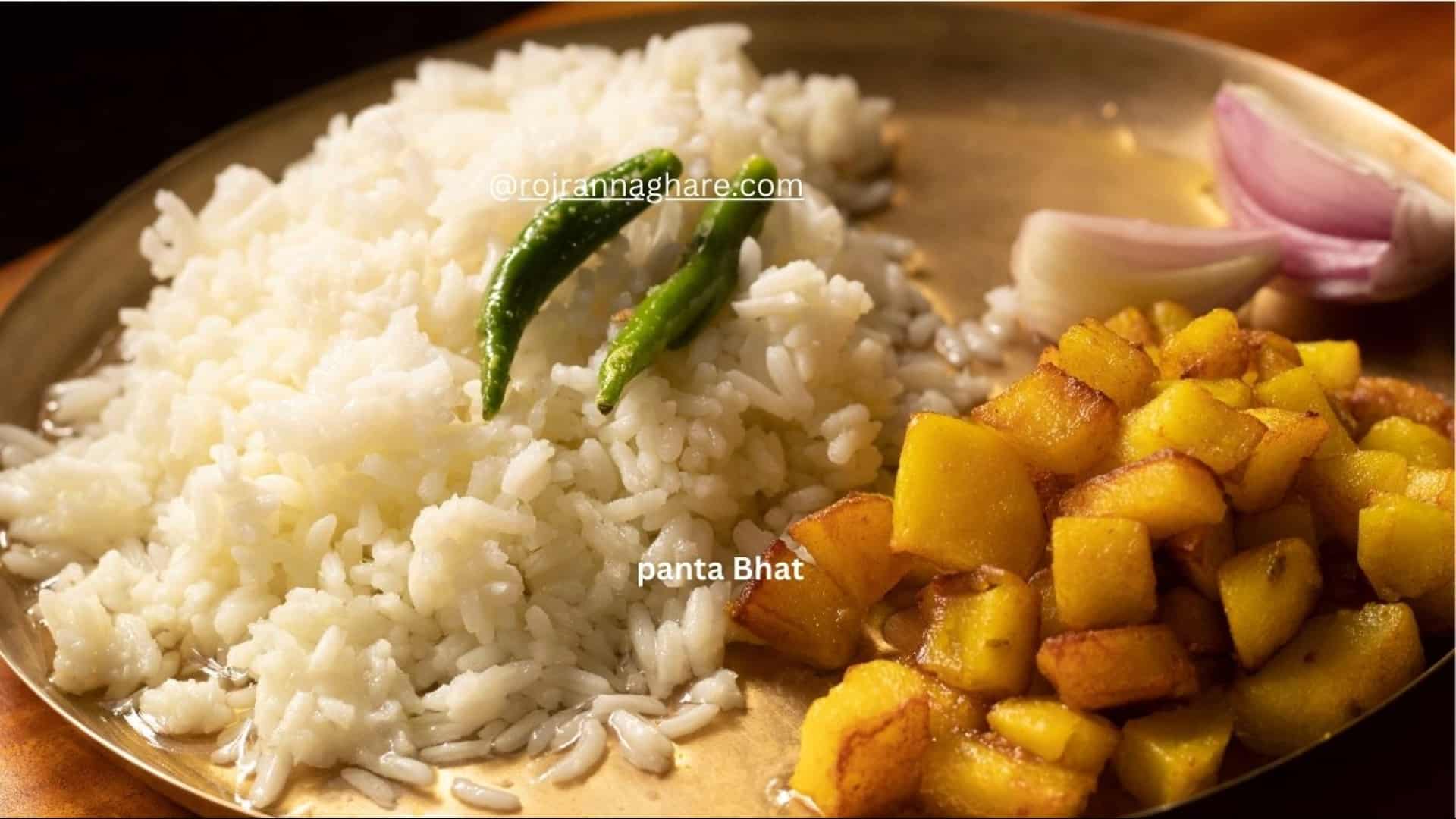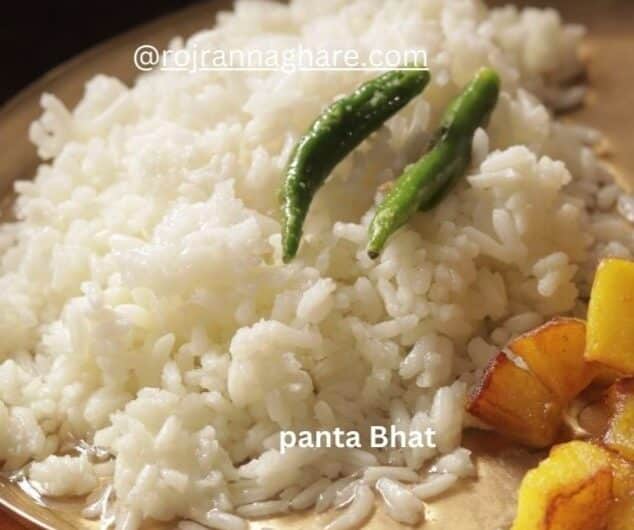I still remember the story behind the Panta Bhat. During my childhood days, I was studying in the 9th and 10th standard. I was conscious of my health, wherever I went, people would comment on my skinny appearance, questioning why I wasn’t eating well. Contrary to the perception, I used to eat a lot during those days, but my body seemed to gain no weight. Determined to put on some weight, I sought advice from various people on how to achieve it.
My schoolmates then suggested that I give Panta Bhat a try. I was so excited about this possibility that I went home and told my mother about it. She confirmed that eating panta bhat could indeed make me gain weight, which delighted me. I began frequently consuming Panta from that day on. The leftover rice would be soaked in water by my mother, and the following day I would consume it before going to school. I continued this routine for two months, and during that time, I observed a significant improvement in my health.
However, my mother cautioned me that consuming panta for an extended period might lead to excessive weight gain, which instilled a fear in me. Due to this concern, I didn’t continue with the practice for an extended duration. Nevertheless, I couldn’t deny the positive impact it had on my health.
Interestingly, the tradition of eating Panta is prevalent in some states of India, with its roots in Odisha. It is known by different names in various regions, such as Pakhala in Odisha, Poita Bhat in Assam, and Panta Bhat in Bengali. This practice is particularly popular in Odisha, Bengal, and Assam.
This Bhat boasts several advantages. As the rice from the previous day is soaked in water and left to ferment overnight, it becomes rich in iron and zinc. Additionally, it has higher levels of sodium and potassium compared to regular rice.
“Panta Bhat” is a traditional Bengali dish that consists of fermented rice soaked in water. It is a popular dish in Bengali cuisine, especially during the Bengali New Year (Pohela Boishakh) celebration. The rice is typically soaked overnight, and the dish is known for its refreshing taste. “Panta” refers to the soaked and fermented rice, while “Bhat” means rice in Bengali. The dish is often served with various accompaniments like raw vegetables, pickles, fried fish, and more.
Now, let’s explore how panta bhat is made and when it is traditionally consumed.
Table of Contents
ToggleIngredients:
- Leftover rice
- Water
How To Make Panta Bhat:
- Soak leftover rice in water in the evening.
- Allow it to ferment overnight.
- Your Panta Rice is ready to be enjoyed the next day.
Serving Suggestion:
Panta Bhat is a delightfully simple dish, Paired with raw onions, boiled or fried potatoes (aloo bhaja), and a drizzle of mustard oil and salt, its flavour becomes truly unique. For an added boost in appetite, enjoy it alongside a small fish fry. The combination creates a culinary experience that is both satisfying and delicious.
FAQ:
Q: Is panta bhat good for health?
A: Yes, panta bhat is regarded as beneficial to health since it is high in nutrients as a result of fermentation, which has advantages including better digestion and higher nutrient absorption. It also has high concentrations of potassium, sodium, zinc, iron, and other elements.
Q: What is called panta bhat in English?
A: Panta Bhat” in English is fermented rice soaked in water. It’s a traditional Bengali dish.
Q: What does Panta eat?
A: Panta Bhat, a traditional Bengali dish, made of fermented rice soaked in water. It is often enjoyed with accompaniments like aloo seddho (boiled potato), pickles, and fried fish and onion.


